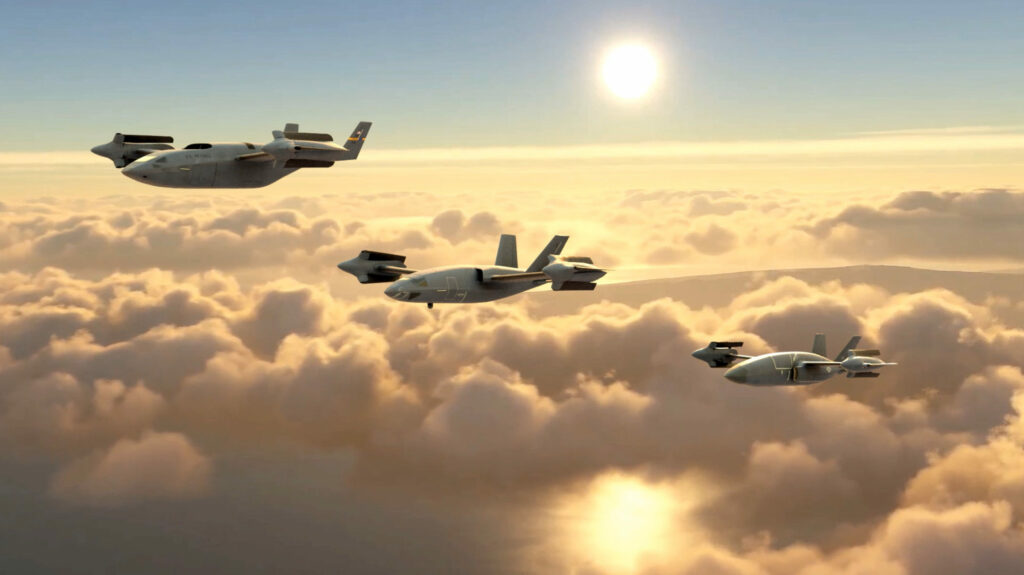American aerospace manufacturer Bell Textron has been selected to proceed to the next phase of development of its high-speed vertical takeoff and landing (HSVTOL) aircraft as part of a US Air Force (USAF) crowdsourcing effort.
The company is one of 11 defense firms from over 200 entrants to receive a market research investment to advance solutions and enable optimal agility of the HSVTOL aircraft to survive extreme environments.
Although Bell Textron has not released the full specifications of its HSVTOL concept, reports say that the Texas-based firm’s entry in the air force challenge features a helicopter’s hovering capabilities and a combat jet’s range and survivability.
The proposed aircraft reportedly weighs around 4,000 pounds (1,814 kilograms) and boasts a design that supports a variety of missions, including human recovery, tactical mobility, autonomous intelligence, surveillance, and reconnaissance.
Additionally, the Bell HSVTOL will be capable of flying at a speed of more than 460 miles (741 kilometers) per hour. It will combine the latest propulsion technologies and advanced digital flight control systems for improved performance.
“Bell’s concepts are envisioned as part of a broader HSVTOL mission system framework that provides the next generation of speed, range, and survivability,” the company said in a press release. “It emerged as a top-tier entrant in the HSVTOL Concept Challenge by meeting or exceeding rigorous evaluation criteria focused on technical merit, reliability, scalability, and other factors.”
‘Groundbreaking Innovation’
Bell vice president of innovation Jason Hurst explained that the company will continue to “lay the groundwork” for the manufacture of its HSVTOL concept.
He further stated that the firm would soon provide the US Air Force with conceptual designs and development roadmaps in an attempt to accelerate the development of the platform.
Over the next six months, Bell plans to develop its HSVTOL solution further and work closely with the USAF, the United States Special Operations Command, and the prime contractor in presenting its design for the HSVTOL Concept Challenge.
Air Force Research Laboratory chief innovation officer Dr. Reid Melville explained that the HSVTOL concept challenge has allowed impressive VTOL solutions to surface, which could be beneficial to warfighters.
“We believe the organizations selected to receive market research investments at this stage have the potential to deliver truly groundbreaking innovation,” he said.



